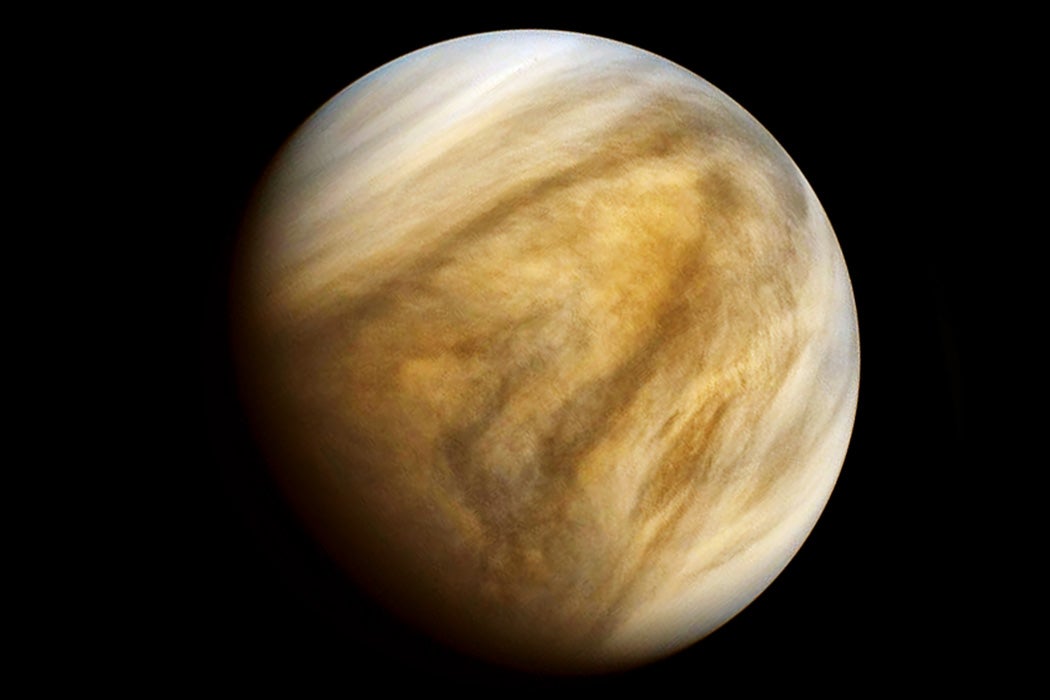On February 18, 2021, Perseverance successfully touched down on Martian soil, the fifth rover to do so in the last twenty-four years. In contrast, the last time anything dared to land on Venus was in 1982, during the Soviet Union’s Venera Program. This isn’t surprising when you think about it. The surface temperature of Venus is hot enough to melt lead, and its crushing atmospheric pressure is 90 times that of Earth’s. The planet is so hostile that the longest a Venera probe was able to survive on the Venusian surface was just over two hours—127 minutes, to be exact.
Despite this, scientists are finally done neglecting our planetary neighbor and are already proposing new missions to this hellish world. Why? Well, as science writer Sid Perkins notes, “Such missions will not only let researchers understand Venus better but should tell them more about Earth.” Venus is often referred to as Earth’s twin; the planets mirror each other in size, composition, and mass. In fact, 4 billion years ago, the resemblance might have been even more uncanny. Venus might have been a much more habitable planet, one that research suggests once sported liquid-water oceans.
But from there, the details are less clear. Something triggered Venus’s transformation into the inferno it is today. Considering that Earth and Venus practically formed right next to each other (at least on a planetary scale), it’s curious that Earth was spared from the same fate. Yet as Stephen Kane, a planetary astrophysicist at the University of California, Riverside, told Perkins, “Venus may be Earth’s future.” In order to test this hypothesis, researchers need to obtain fine-scale measurements of the planet’s atmospheric composition, as well as its geology, both of which can be used to model how the planet may have evolved over time.
Weekly Newsletter
Any information gained from future Venus missions will allow scientists to formulate possible scenarios regarding Earth’s fate. Unfortunately, while many Venus missions have been proposed, none has yet been approved for launch. NASA passed over the VICI mission in 2019 for a mission to Saturn’s moon Titan. DAVINCI+, the only other project thus far that includes plans to send a probe to the surface of Venus, is still battling for approval.
But the question remains: How long would a probe need to survive in order to send back useful data? Lori Glaze, the VICI mission’s principal investigator, told Perkins that even if a probe only lasts a few hours, current technology would still allow the mission to gather higher-quality data than the Venera probe did nearly four decades ago. Of course, that’s not to say that all future Venus missions will have such short lifetimes. NASA’s Glenn Research Center has been building and testing heat-tolerant equipment that not even hell itself could destroy.
Support JSTOR Daily! Join our new membership program on Patreon today.







